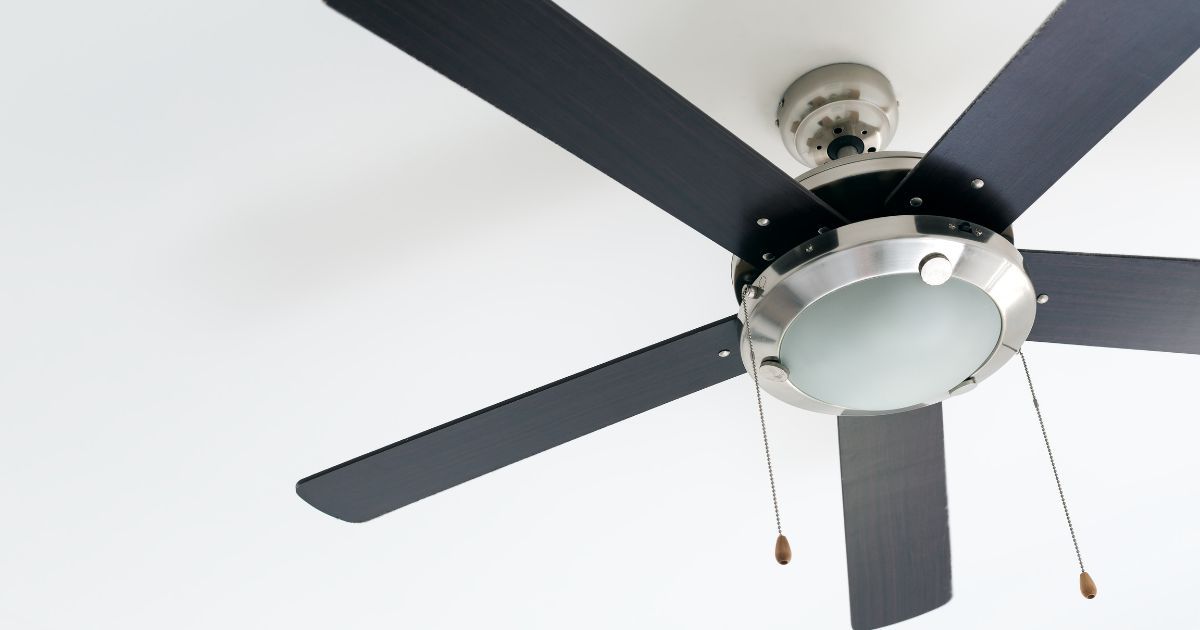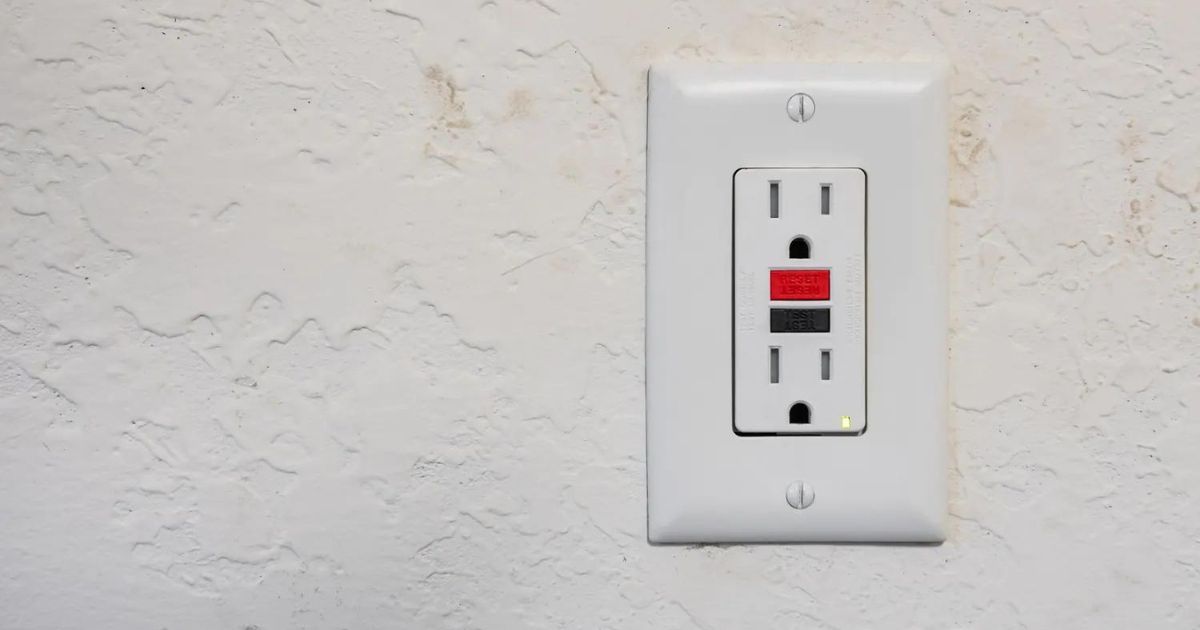As the popularity of electric vehicles (EVs) continues to soar, more and more drivers are looking for convenient ways to charge their cars at home. Fortunately, there are various EV chargers available that can be installed in residential settings, providing EV owners with flexibility and ease of charging. In this article, we will explore the different types of EV chargers suitable for home installation and discuss their features, benefits, and considerations.
Level 1 Chargers
Level 1 chargers are the most basic type of EV chargers available for residential use. They typically come with the vehicle and can be plugged into a standard 120-volt electrical outlet. While they are the slowest option, offering charging rates of about 2-5 miles of range per hour, they are the most accessible and require no additional installation or equipment.
Level 1 chargers are ideal for those with limited charging needs, shorter commutes, or who have ample time to charge overnight. They are also cost-effective and do not require any specialized electrical work. However, they may not be suitable for those requiring faster charging or longer-range driving.
Level 2 Chargers
Level 2 chargers provide faster charging speeds compared to Level 1 chargers, making them a popular choice for residential installations. They require a dedicated 240-volt circuit, which often necessitates professional installation by a qualified electrician. Level 2 chargers can add around 10-60 miles of range per hour, depending on the vehicle and charger specifications.
One advantage of Level 2 chargers is their versatility. They are available in various configurations, including wall-mounted units or portable chargers with plugs compatible with different electrical outlets. Level 2 chargers also offer advanced features like smartphone connectivity, scheduling, and energy monitoring. Additionally, some utility companies offer time-of-use rates that can incentivize charging during off-peak hours, reducing electricity costs.
Smart Chargers
Smart chargers, or connected chargers, are a type of Level 2 charger equipped with advanced communication capabilities. These chargers can be integrated into a smart home system, allowing users to control and monitor their charging sessions remotely using smartphone apps or voice commands.
Smart chargers offer features such as real-time charging status updates, energy consumption monitoring, and the ability to schedule charging sessions based on time and electricity rates. They can even optimize charging based on renewable energy availability or other user-defined preferences. Smart chargers provide convenience, energy management, and a seamless user experience.
DC Fast Chargers
DC Fast Chargers, also known as Level 3 chargers, are the fastest charging solution available for residential use. These chargers deliver high-voltage direct current (DC) power directly to the vehicle’s battery, bypassing the onboard charger. DC Fast Chargers can provide 60-80 miles of range in just 20 minutes, making them suitable for drivers requiring quick top-ups during a long journey.
Due to their high charging rates, DC Fast Chargers require more significant electrical infrastructure and are not commonly installed in residential settings. However, some EV manufacturers are beginning to offer home-compatible DC Fast Chargers that require professional installation and potentially an upgraded electrical system.
Considerations for Home Charger Installation
Before installing an EV charger at home, there are several important factors to consider:
- Electrical Capacity: Determine if your home’s electrical system can support the charger’s requirements. Consult with a licensed electrician to assess the existing electrical capacity and whether any upgrades or modifications are needed.
- Charging Speed: Evaluate your daily driving needs and choose a charger that provides a suitable charging rate for your lifestyle. Consider factors such as range, commute distance, and the availability of public charging stations in your area.
- Installation Costs: Understand the installation costs associated with different charger types, including any electrical upgrades or permits required. Additionally, check for potential incentives or rebates offered by government entities, utility companies, or EV manufacturers to offset the installation expenses.
Call Redline For Assistance Choosing The Right Charger!
Installing an EV charger at home provides the convenience and peace of mind of having a dedicated charging solution for your electric vehicle. Whether you opt for a Level 1 charger, Level 2 charger, smart charger, or explore the possibilities of DC Fast Chargers, there is a solution that suits your needs. Consider your charging requirements, electrical capacity, and budget to make an informed decision. Embrace the future of transportation with home EV charging and enjoy the benefits of sustainable driving on your terms.





